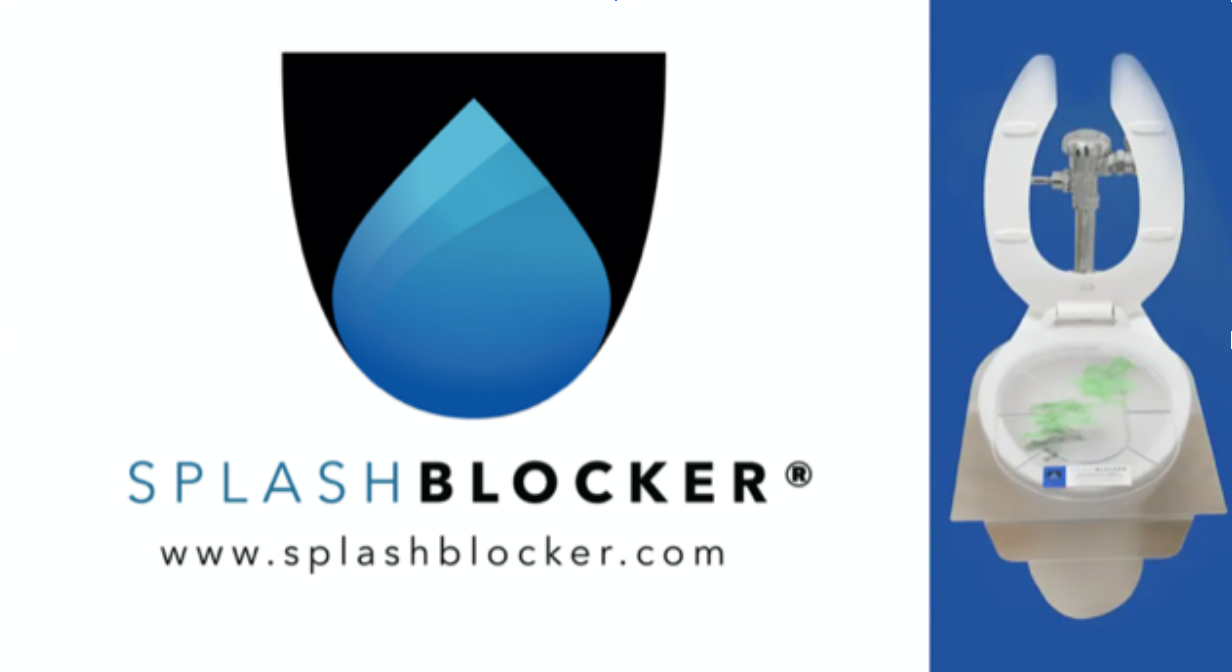Today in the chart
Ease Adolescent Anxiety with Mind-Body Care
Rates of anxiety disorders, the most common adolescent mental health conditions in the U.S., are increasing. Treatments including pharmacotherapy and psychotherapy can be costly, and are not panaceas.
.webp)
Anxiety disorders — including specific phobias, generalized anxiety disorder, and social anxiety disorder — are the most common adolescent mental health conditions in the United States, and rates of intense juvenile anxiety are increasing. Academic pressures, physical and intellectual insecurities, cyberbullying, and peer judgment on social media sites are among the factors. Unfortunately, current standards of practice for treatment, including pharmacotherapy and psychotherapy, can be expensive and are not panaceas.
According to a study published in The Nurse Practitioner, the good news is that mind-body practices appear to hold great promise as low-cost alternatives for treating and easing adolescent anxiety. So what does this suggest for your practice and pediatric and adolescent patients?
Screening Tools You Can Use
Because anxiety disorders are so prevalent among young persons, the American Academy of Child and Adolescent Psychiatry (AACAP) recommends developmentally-appropriate anxiety screening during routine mental health assessments. In addition, the American Academy of Pediatrics (AAP) and the AACAP suggest several self-report tools, including the Screen for Child Anxiety-Related Emotional Disorders and the Spence Children’s Anxiety Scale.
What Are Mind-Body Practices?
Mind-body practices encompass self-regulation and positive thinking and help promote self-control, physical health, and emotional well-being.
- Biofeedback can enable a young person to increase their self-awareness and physical control through physiologic feedback, including heart rate monitoring, neurofeedback, skin conductance levels, skin temperature measurements, and electromyography for muscle tension awareness.
- Mindfulness involves refining consciousness to provide an adolescent with skills to focus on the present moment and separate from negative thoughts or feelings. Mindfulness programs often incorporate aspects of thought meditation, body scanning, and mindful breathing.
- Yoga incorporates physical postures, breathing control, and mindful meditation to elicit relaxation, improve flexibility, regulate emotions, and reduce stress and anxiety.
- Hypnosis can reduce the sympathetic stress response by activating the parasympathetic nervous system.
The authors said that a growing body of evidence supports mind-body practices as a low-risk and cost-effective strategy for managing adolescents with anxiety.
What Can You Do?
The authors propose that you:
- Screen for anxiety at every annual health visit. Screening tools can help you identify the signs and symptoms of anxiety and then form an appropriate care plan.
- In the history, find out whether the youth is getting enough sleep — recent data point to a lack of sleep as a risk factor for mental health disorders.
- Explain low-cost, low-barrier, and effective mind and body practices and work with the patient to create a personalized plan to combat anxiety.
- Recognize the barriers to mind-body practices in primary care — time restrictions, financial constraints, and a lack of administrative support — and acknowledge and try to find ways to overcome these obstacles.
- Although 81% of NPs believe that complementary therapies have a place in primary care medicine, only 32% feel they have adequate knowledge of mind and body practices.




.png)
